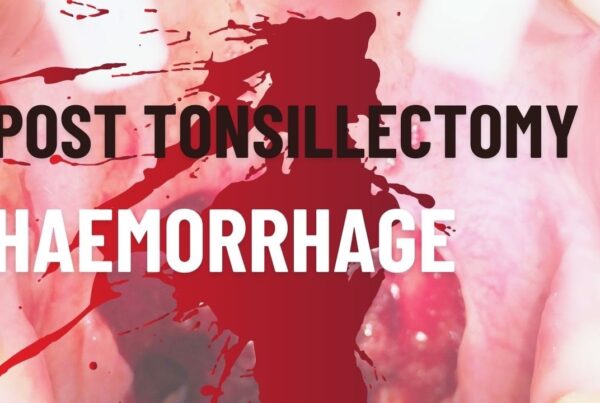The Shock Index. Do you use it? Do you know what it is?
The Shock Index was originally used to predict shock in medical patients in the Emergency Department. It has also been evaluated for use in trauma and myocardial infarction.
Although it’s been around for over 50 years it’s doesn’t appear to be widely used in guiding clinical care.
Shock Index (SI) = Heart Rate/ Systolic Blood Pressure.
A value > 0.8-0.9 is associated with worst outcome.
Why isn’t the Shock Index used more often?
I think it’s relative lack of uptake is related to the fact that we do it intuitively. If your patient has a heart rate that equals their systolic blood pressure, you’d worry wouldn’t you? Most physicians would look at a sagging blood pressure and decide to treat that patient.
Rady(1) found it a useful measure of cardiovascular performance and a marker for predicting the onset of hypotension; an index of >0.8, being associated with a 95% sensitivity for predicting shock.
It has been shown to predict which emergency patients need vasopressors within 72 hours (2), as well as who may suffer organ failure.
Montoya et al (3) found that in trauma patients a SI >0.9 resulted in increased mortality at 24 hours.
It has also been used to identify severely injured children (4). However in children, a complicating factor, is that it requires age adjustment, due to the fact that children’s heart rates and blood pressures vary with age.
Shock Index use in post-intubation hypotension prediction
Perhaps the one area where I know of the Shock Index being used most, is in predicting post intubation hypotension (5,6). The greatest risk of this is when the SI is greater than 0.8-0.9. Patients with a high shock index should have their blood pressure treated before any induction is given. The aim in some centres is a SI = 1.
You know that when you’re about to intubate, if your patients blood pressure is low you’ll probably have hypotension post intubation. Start by filling the tank. Give a fluid bolus of 250-500mL of Normal Saline and as I do, leave the line open(unless there are contraindications) whilst intubation is undertaken.
In Australia we would give Metaraminol, to raise the BP. It comes either in 10mg vials or is premixed to 0.5mg/mL. The dose is 0.25-1mg IV and titrate. Induction drugs need to be rethought and instead of using Propofol, would prefer Ketamine and Rocuronium.
So there it is; the SHOCK INDEX. A lot of studies on it, but not sure how much it is used. It may very well have a place in allowing us to identify that patient that is progressively worsening, with smaller changes in their vitals and it certainly has a role in intubation.
References:
- Rady et al Ann Emerg Med 1994: 24: 685-690
- Charles et ca; Western J Emerg Med 2014;15(1); 60-66
- Montoya et al Journal of Acute Disease vol 4; issue 3 Aug 2015 pp 202-204
- Aekar et al J paediatric Surg 2015 Feb; 50(2) 331-4
- Heffuer et all J Crit Care 2012 Dec; 27(6): 587-93
- Trivedi s et al J Crit Care 2015 Aug; 30(4): 861
Peter Kas











No extra ready to your next assertion, just request Faster
Vouchers by way of your Tesco online account or the Clubcard app and spend
your vouchers quicker with us! Tesco Clubcard voucher codes can’t
be used together with discounted admission or
season passes. The second e mail will include your voucher code.
The primary electronic mail will be your Clubcard order confirmation. When inserting
a web-based supply order, anyone who’s self-isolating is
suggested to fill within the ‘Other information’ section to advise the place their
order should be left, i.e. on the doorstep.
Initially, it gives gamers a pay-out whenever two or more symbols appear on a single spin, regardless of the order by which they
appear. Please observe, Tesco tickets are redeemed against the on-the-day value only (not advance
costs or special provides). Offers limitless free
deliveries.99 and presents unlimited free deliveries.
You’ll get free delivery if you happen to spend over £35.